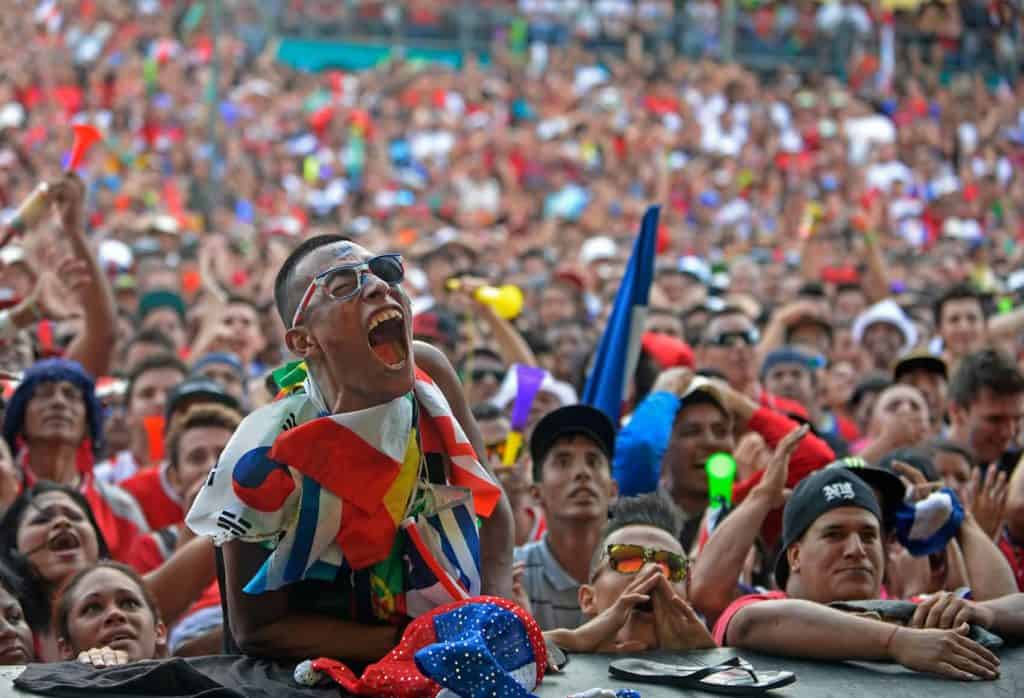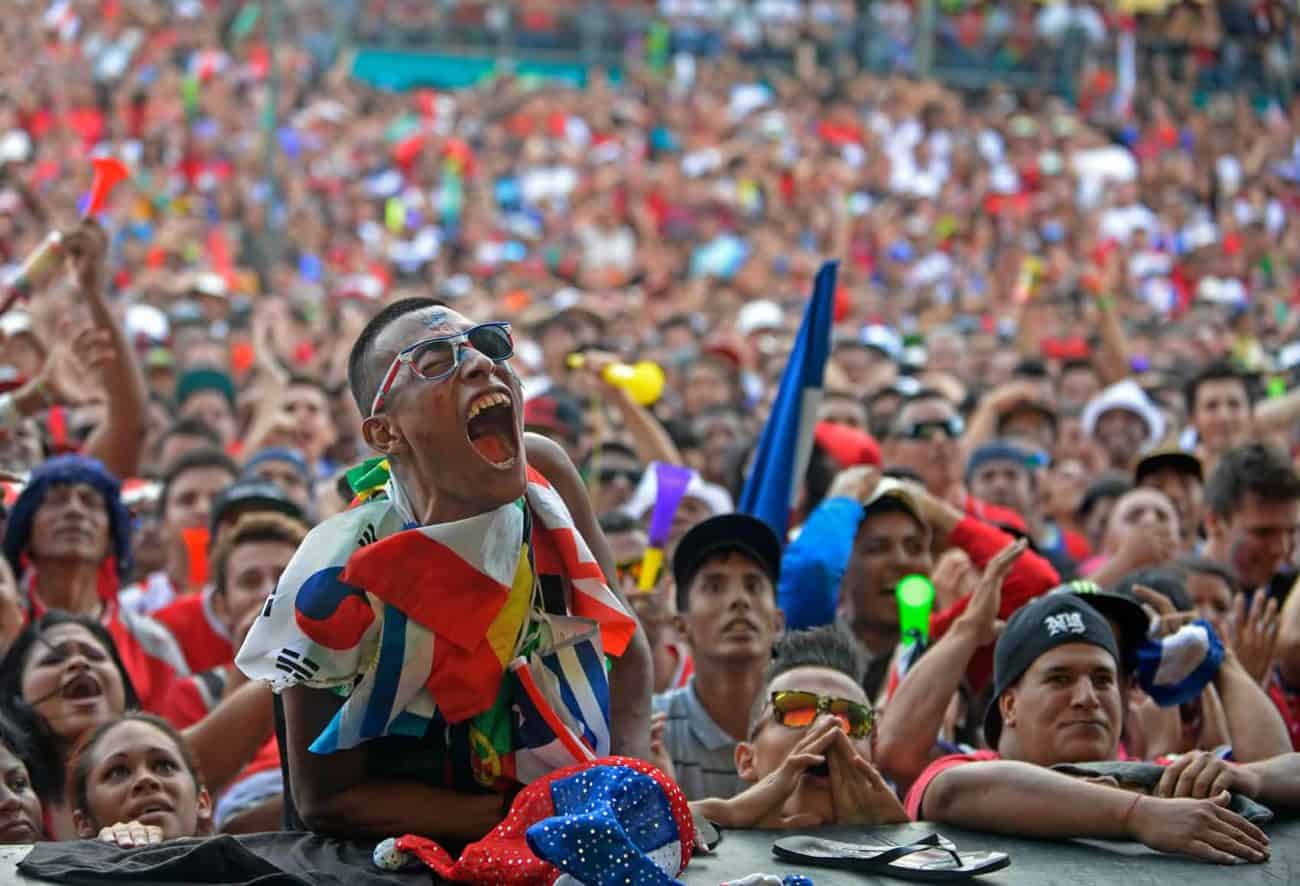
Soccer is the heartbeat of Costa Rica. From packed stadiums in San José to dusty pitches near the Nicaragua and Panama borders, the sport unites people across the country. Known as fútbol, it’s more than a game—it’s a cultural cornerstone.
The national team, La Sele, has made waves internationally, and the domestic league, Liga FPD, keeps fans on edge with fierce rivalries. Let’s break down the sport’s history, key teams, notable players, and recent developments, including soccer’s role near Costa Rica’s borders.
Soccer’s Roots in Costa Rica
Soccer has been part of Costa Rica’s fabric for over a century, sparking passion in every corner of the nation. What started as a few matches in the 1890s has grown into a national obsession, with professional leagues and local clubs shaping the country’s identity. From urban centers to border towns, the game’s history reflects Costa Rica’s love for competition and community.
Soccer arrived in Costa Rica in the late 19th century, with the first recorded match in 1891. By 1921, the country had its first official league, and in 1927, the national team debuted at the Independence Centenary Games in Guatemala.
Early on, teams from San José—like Saprissa, Alajuelense, and Herediano—dominated. Over time, the sport spread to rural areas, including border regions like Peñas Blancas (near Nicaragua) and Paso Canoas (near Panama), where local clubs now thrive.
Today, soccer is Costa Rica’s most popular sport. The Liga FPD, the top professional league, features 12 teams competing in intense tournaments. Fans pack stadiums or gather in bars to cheer, especially during clásicos between rivals like Saprissa and Alajuelense. The sport’s reach extends to border towns, where cross-border matches with Nicaraguan or Panamanian clubs are common, fostering regional camaraderie.
The Costa Rica National Team: La Sele
La Sele is more than a team—it’s a symbol of Costa Rican pride that rallies fans from city streets to border villages. Known for punching above their weight, the national squad has carved out a respected place in global soccer. With a new coach and big matches on the horizon, their story continues to captivate.
The national team, affectionately called La Sele, is a source of pride. Managed by the Costa Rican Football Federation (FEDEFUTBOL) and part of CONCACAF, the team has competed in five World Cups (1990, 2002, 2006, 2014, 2018), with their best performance in 2014, reaching the quarterfinals. They’ve also won the Copa Centroamericana nine times, solidifying their regional dominance.
Recent news highlights La Sele’s preparations for 2026 World Cup qualifiers against the Bahamas and Trinidad and Tobago, set for June 2025. Coach Miguel Herrera, hired in January 2025, is experimenting with lineups, as seen in a recent 2-0 loss to Catalonia during Keylor Navas’s comeback match. Despite the defeat, Navas’s return after a brief retirement signals hope for a strong campaign.
Border regions play a role too. In 2025, Costa Rica faced Belize in a CONCACAF Gold Cup qualifier near the northern border, showcasing soccer’s regional significance. These matches draw fans from both sides, creating a lively atmosphere.
Top Costa Rican Soccer Teams
Costa Rica’s domestic league is a battleground where historic clubs fight for glory and bragging rights. These teams don’t just compete—they ignite passions and rivalries that echo from San José to border communities, producing talent that shines at home and abroad.
The Liga FPD is home to several storied clubs. Here’s an updated look at the most popular ones:
- Deportivo Saprissa: Based in San José, Saprissa has won 39 league titles, the most in the league’s history. Their stadium, Estadio Ricardo Saprissa Aymá (the “Purple Monster”), seats 23,112. They’ve clinched three CONCACAF Champions’ Cups and reached the Copa Libertadores semifinals.
- Liga Deportiva Alajuelense: Also in San José, Alajuelense has 30 titles. Founded in 1919, they play at Estadio Alejandro Morera Soto (21,000 capacity). Their rivalry with Saprissa is legendary.
- Club Sport Herediano: Based in Heredia, Herediano has 28 titles. Their home, Estadio Eladio Rosabal Cordero, holds 18,000. They’ve won one CONCACAF Champions’ Cup.
- Deportivo Cartaginés: From Cartago, they’ve won four titles. Their 10,000-seat Estadio Fello Meza hosts heated matches, especially against Alajuelense.
- AD San Carlos: Located in Quesada, they’ve claimed three titles. Their 10,000-seat Estadio Carlos Ugalde Álvarez is a fortress for their passionate fans.
These clubs often scout talent from border areas, where youth academies are growing. For example, AD San Carlos, near the Nicaraguan border, has developed players like Joel Campbell, who later starred for La Sele.
Notable Players
Costa Rica’s soccer stars are heroes who’ve carried the nation’s flag on the world stage. From clutch goalkeepers to prolific strikers, these players have left a lasting mark, inspiring fans from urban centers to remote border towns.
Costa Rica has produced world-class talent. Here are five standout players:
- Keylor Navas: A goalkeeper since 2008, Navas has over 110 caps and is a three-time UEFA Champions League winner with Real Madrid. He recently returned to La Sele.
- Paulo Wanchope: A striker from 1996–2007, he scored 45 goals in 73 caps and played for clubs like Manchester City.
- Rolando Fonseca: Active from 1992–2007, Fonseca scored 47 goals in 113 caps, making him Costa Rica’s top scorer.
- Bryan Ruiz: The former captain (2005–2022) scored 29 goals in 147 caps. He played for clubs like Fulham and Sporting Lisbon.
- Celso Borges: A midfielder since 2008, Borges has 27 goals in 158 caps and currently plays for Alajuelense.
Soccer Near the Borders
Soccer doesn’t stop at Costa Rica’s borders—it thrives there, connecting communities across Nicaragua and Panama. Local matches and youth tournaments in these areas are gaining attention, blending competition with cultural exchange and spotlighting new talent.
Recent news highlights soccer’s vibrancy near Costa Rica’s borders. In March 2025, Costa Rica played Belize in a Gold Cup qualifier at FFB Stadium in Belmopan, close to the northern border. The match underscored Belize’s ambition to return to the Gold Cup, while Costa Rica leveraged their experience.
Near the Panama border, cross-border friendlies are common. In 2024, youth teams from Paso Canoas (Costa Rica) faced squads from David, Panama, fostering goodwill. These matches, often organized by local federations, draw crowds and highlight emerging talent. Spanish-language sources like La Nación report growing interest in border-region soccer, with clubs like AD San Carlos scouting players from northern towns like Los Chiles.
National Stadium
The Estadio Nacional is Costa Rica’s crown jewel for soccer and major events. Located in the heart of San José, it’s where La Sele battles rivals and where fans create unforgettable atmospheres, making it a must-visit for any soccer lover.
The Estadio Nacional de Costa Rica, opened in 2011 in San José’s La Sabana Park, is the national team’s home. With 35,175 seats, it meets FIFA standards and hosts soccer, concerts (e.g., Metallica), and other events. It’s a symbol of Costa Rica’s sporting pride.
Watching Costa Rican Soccer
Whether you’re in Costa Rica or halfway across the globe, catching a La Sele match or a Liga FPD game is easier than ever. From stadium seats to streaming apps, there’s a way for every fan to stay in the action.
You can catch matches in several ways:
- Live in Costa Rica: Visit Estadio Nacional or local stadiums. Bars and restaurants often broadcast games.
- Streaming: Platforms like ESPN+, FuboTV, and Sling TV offer live Liga FPD and La Sele matches.
- TV: Channels like ESPN and Fox Sports air games, depending on your cable provider.
- Radio: Stations like Radio Columbia provide live commentary.
Availability varies by region, so check local listings.
Soccer Tours
For soccer fans, a trip to Costa Rica offers a chance to train, play, and soak in the country’s vibrant culture. Soccer tours blend competition with adventure, making them a unique way to experience the game.
Soccer tours are a hit for clubs and fans. Companies like Costa Rica Soccer Tours offer packages with training, friendlies against local teams, and sightseeing (e.g., Arenal Volcano). Tours range from $1,500–$3,000 for 7–10 days, sometimes including stops in Panama or Nicaragua. Book early, especially for peak seasons (December–April).
Chart: Liga FPD Titles by Top Clubs
The chart below shows the dominance of Costa Rica’s top soccer clubs, with Saprissa leading the pack. It’s a quick look at how these teams stack up in the Liga FPD’s history.
| Club | Titles Won | Founded |
|---|---|---|
| Deportivo Saprissa | 39 | 1935 |
| LD Alajuelense | 30 | 1919 |
| CS Herediano | 28 | 1921 |
| Deportivo Cartaginés | 4 | 1906 |
| AD San Carlos | 3 | 1965 |
This chart visualizes the dominance of Saprissa, Alajuelense, and Herediano in the Liga FPD.
Final Thoughts
Soccer in Costa Rica is a way of life, from the professional arenas of San José to the community fields near the borders. Whether you’re cheering for La Sele, catching a Saprissa-Alajuelense clásico, or planning a soccer tour, the passion is infectious. Stay updated via local news like La Nación or international outlets like ESPN, and consider visiting to experience the game firsthand.

